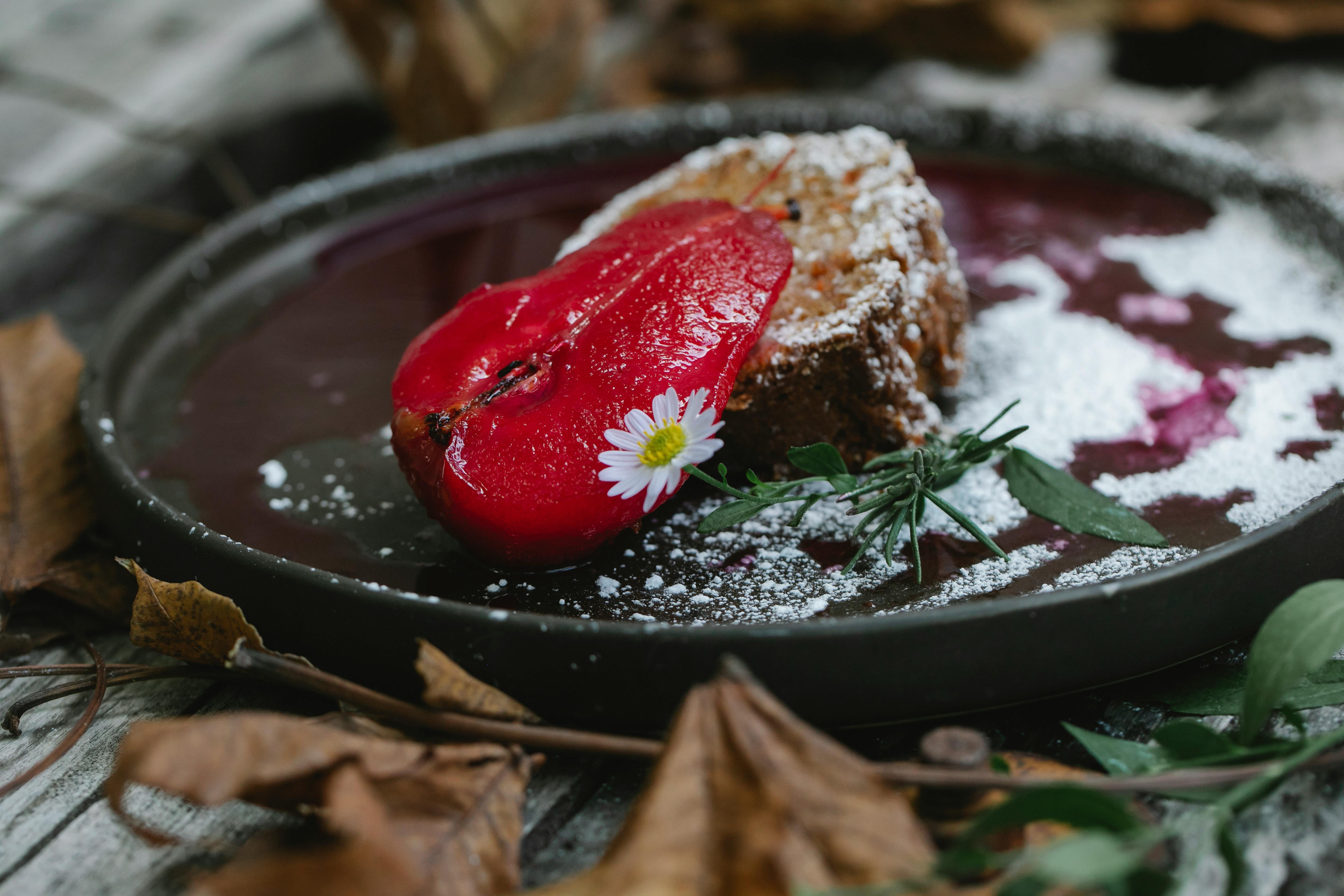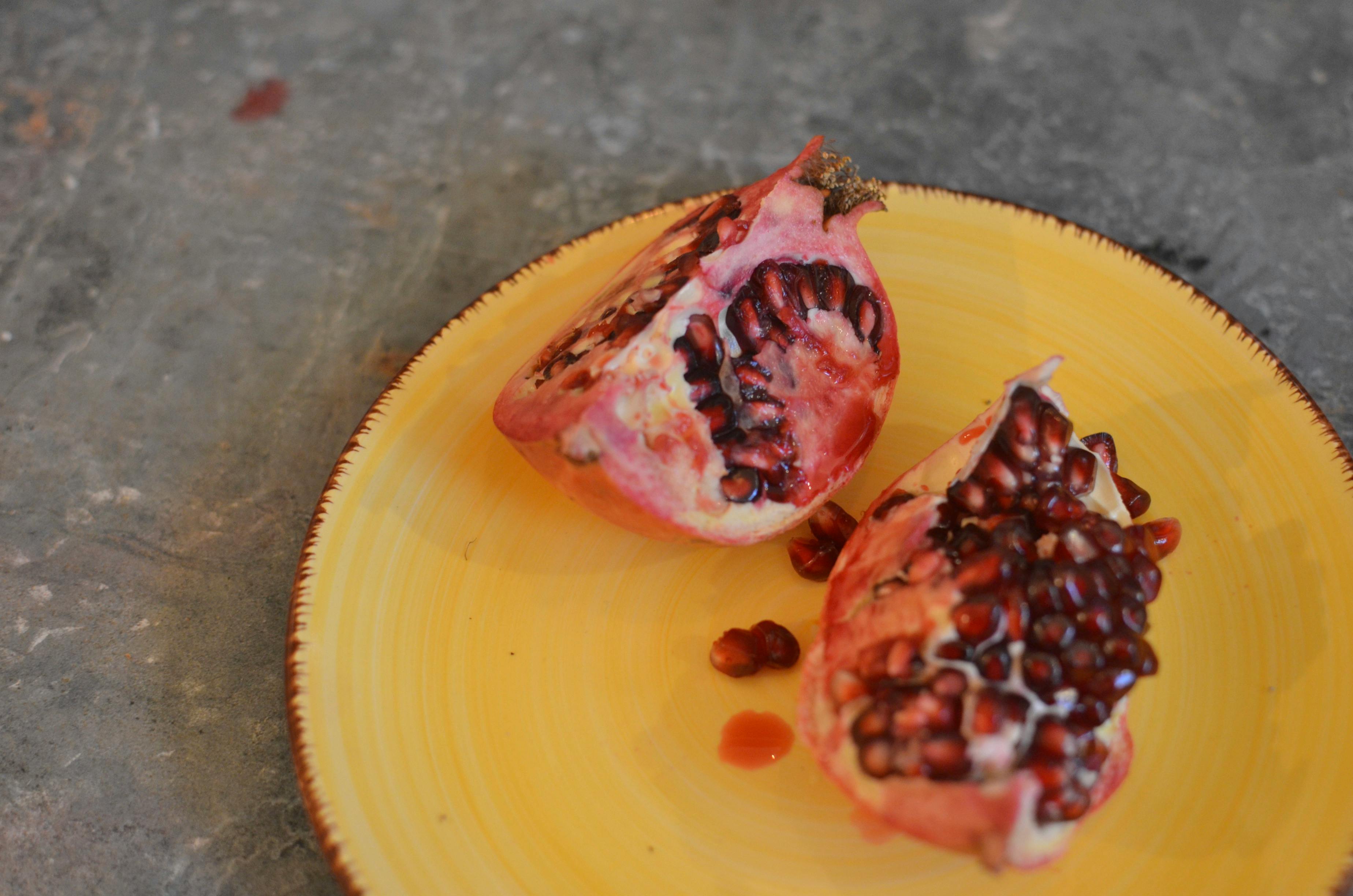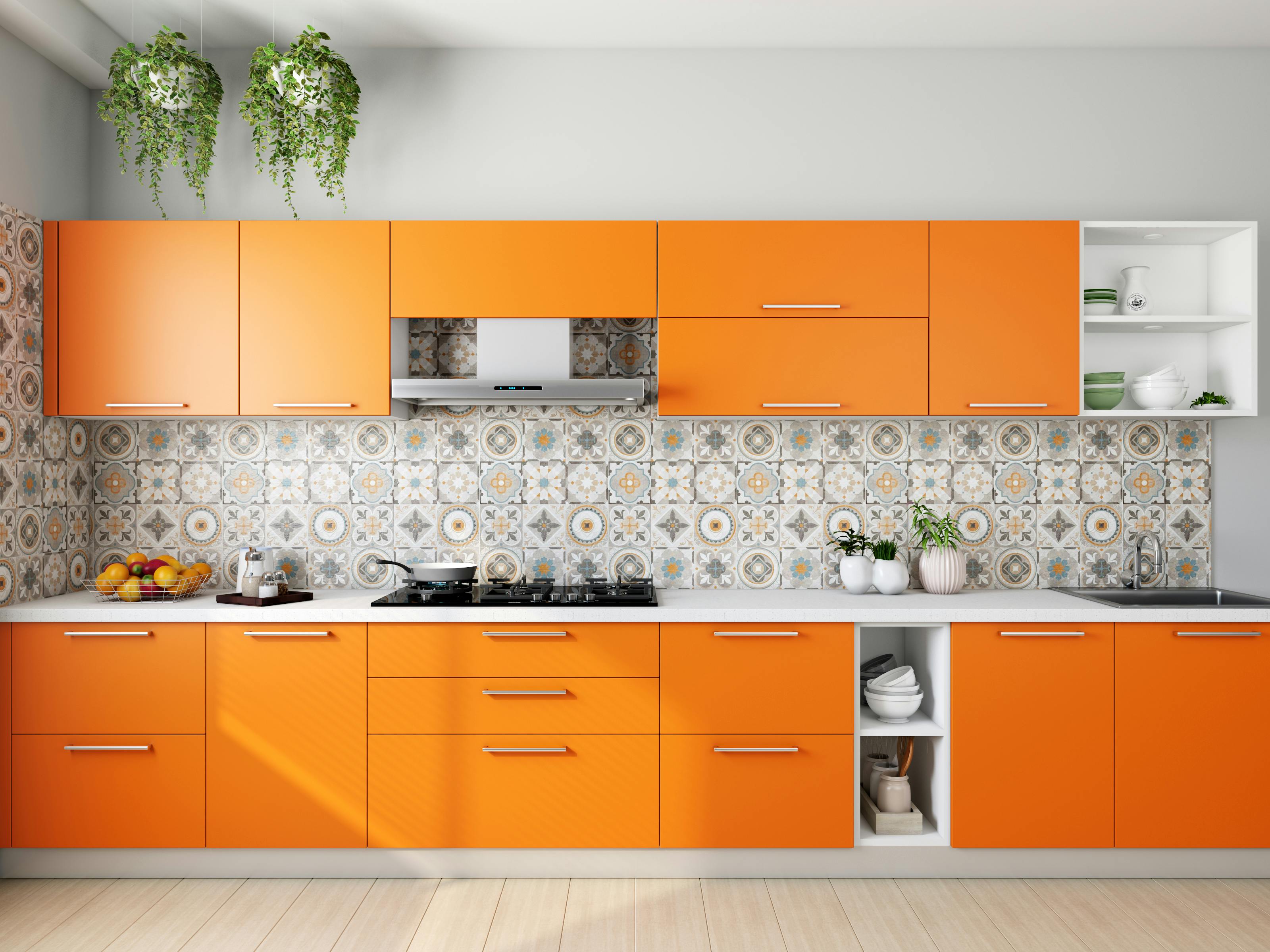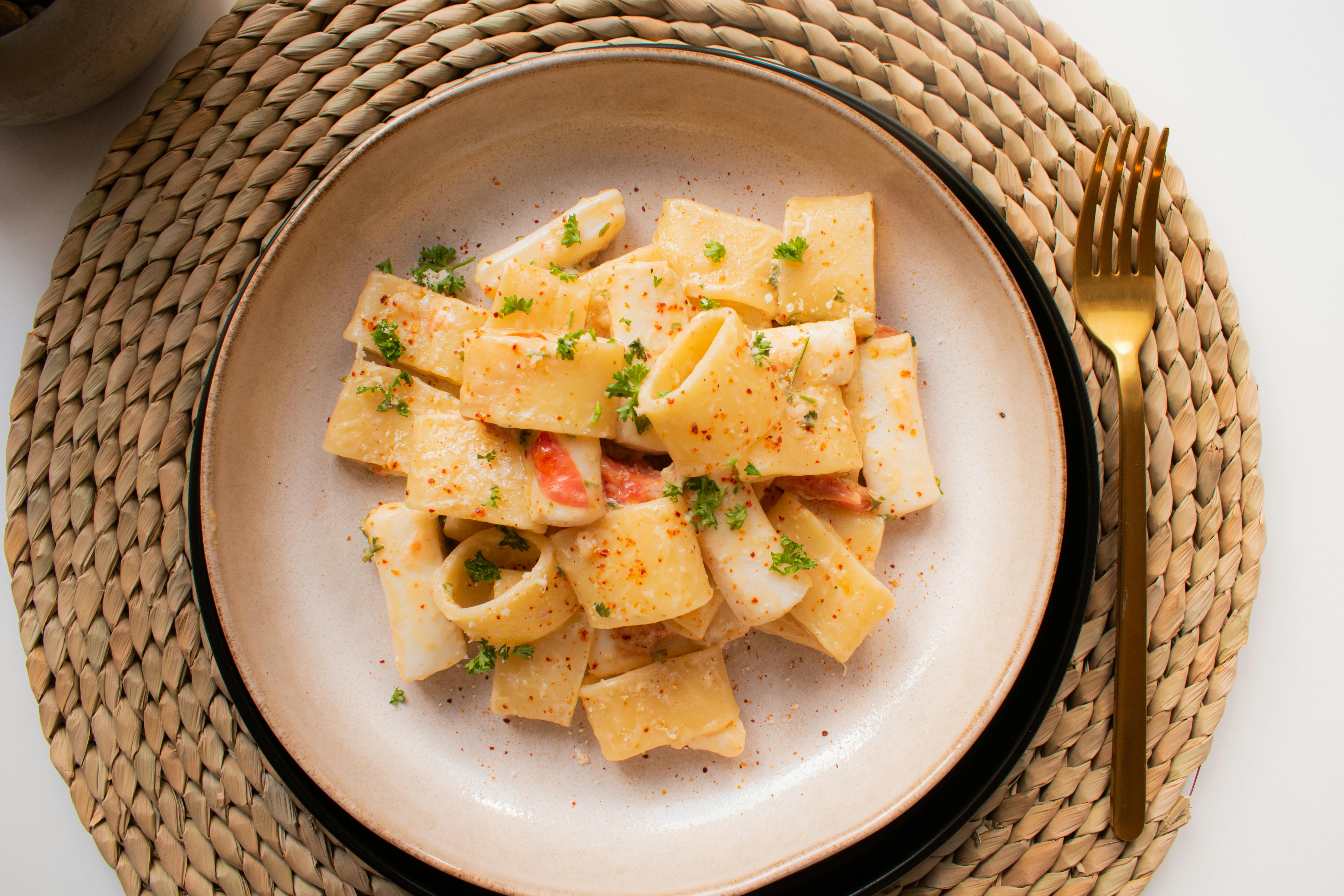Making wonderful glass mosaics is easy! Let me show you how. I found that the size of the tiles is almost as important as the pattern in creating the desired look of a mosaic. For example, a background made with 1/4-inch opus regulatum looks and feels completely different than the same pattern made with 3/4-inch tiles. Typical tile sizes are: 3/4 inch x 3/4 inch (for example, square vitreous glass tile); 3/4 inch x 3/8 inch (for example, rectangular smalti); 3/8-inch x 3/8-inch (for example, 3/8-inch fabricated square vitreous glass tiles or 3/4-inch vitreous squares hand-cut into four equal-sized squares); 3/16 inch x 3/16 inch or less (ie for projects known as “micro mosaic”); Freeform shapes in different sizes cut from stained glass sheets.
When using less than 3/4 inch squares, I prefer to cut them by hand. The resulting ragged sides enhance the feel of the grout lines. Because hand-cut tiles have jagged lines, the grout lines are also jagged instead of the precise lines you get when using fabricated vitreous tiles.
Try using stained glass for large pieces of tile when creating your focal points. For example, suppose your main focal point is a 6-inch diameter sunflower (including the petals). You can make the 4-inch diameter head from a single piece of stained glass, the individual petals from 1-inch oblong pieces, and the individual leaves from 3-inch pieces. Then, when all the focal points are in place, complete the mosaic with a background made of glass tiles hand-cut into 3/8-inch squares in opus regulatum.
As with many things in life, size matters, so give your tile sizes a little thought for focal points, backgrounds, and borders.
Different tile thicknesses capture and reflect light producing beautiful effects. Create texture and depth by combining different types of tiles, such as smalti, vitreous glass, marbles, and stones. However, make sure the texture works for your piece. For example, if you are making a table, the surface must be flat so that tiles of different thicknesses will not work.
Be careful, it is not easy to get the right combination of tile types and thicknesses. In the wrong light, different thicknesses cast shadows that can ruin the look of the mosaic. Planning is important. Before choosing tile types and thicknesses, think about where your tile will be displayed and the ambient light conditions. Will it be displayed in direct sunlight or in a dark hallway? Will the light source be directly overhead or from the side or from below?
The main reason I’m not interested in incorporating texture into my tiles is that grout is challenging. Grout spacing is critical when creating tile texture. The grout should have enough room to naturally slope from the top tiles to the bottom tiles. Otherwise, the grout work can look terribly sloppy.
With proper planning, patience, and attention to detail when grouting, the results of adding texture can be wonderful. Without them, the results can be disastrous.
Remember, mosaic is easy. You can do it. If you can!









